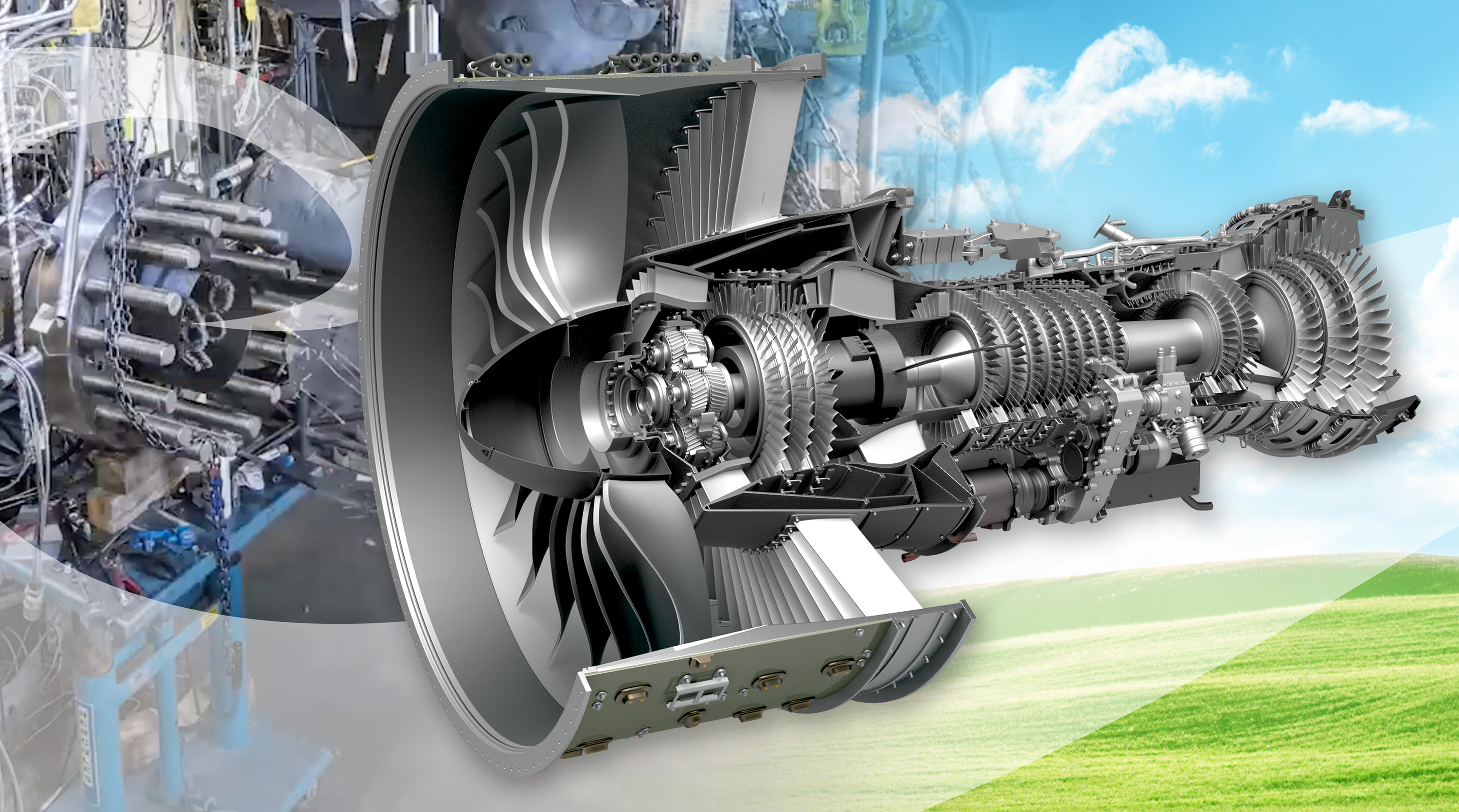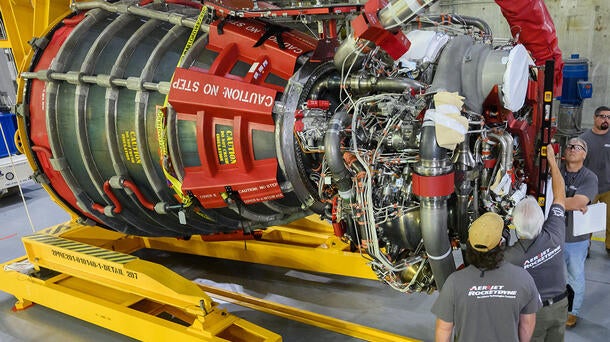Engines for Africa Available Now! Visit Our Relied On Car Components Store
Engines for Africa Available Now! Visit Our Relied On Car Components Store
Blog Article
The Mission for Ultimate Driving Power: Checking Out the Peak of Engine Performance and Technological Advancements in the Automotive Field
In the realm of vehicle design, the quest of optimum driving power has actually been a relentless mission that has unravelled via the advancement of engine design and the combination of advanced modern technologies. From the careful craftsmanship of combustion engines to the rapid improvements in electric propulsion systems, the automotive field stands at the cusp of a brand-new era defined by unmatched efficiency capabilities.
Development of Engine Design

Additionally, the assimilation of turbocharging and supercharging innovations has actually changed engine style by increasing power without substantially boosting engine dimension. These forced induction systems press the consumption air, enabling even more fuel to be ignited, thus producing higher power output from a smaller engine. This development has been especially vital in boosting the efficiency of smaller sized displacement engines while keeping fuel effectiveness criteria.

Performance-Enhancing Gas Technologies
The execution of advanced fuel modern technologies has significantly added to boosting engine performance in modern-day cars. Biofuels, obtained from renewable resources like sugarcane, algae, or corn, offer minimized emissions and enhanced engine performance. In addition, fuel ingredients and detergents are being created to tidy engine elements, optimize burning, and lower rubbing, consequently increasing general vehicle efficiency.
Improvements in Electric Propulsion
Substantial strides in electric propulsion innovation have reinvented the vehicle market, paving the means for a new age of lasting and efficient transportation. Electric cars (EVs) are obtaining appeal due to their environmental benefits and innovations in battery modern technology, making it possible for longer driving ranges and much shorter charging times. Suppliers are investing greatly in study and advancement to boost the efficiency of electric propulsion systems, concentrating on increasing power result, improving power effectiveness, and minimizing overall weight.
One noteworthy development in electric propulsion is the advancement of advanced electric motors that supply greater torque and power thickness, causing improved acceleration and total driving efficiency. Furthermore, regenerative braking systems have actually been improved to catch and save power throughout deceleration, additional enhancing the efficiency of EVs.
Furthermore, the combination of smart technologies, such as man-made knowledge and anticipating analytics, is optimizing the administration of electric propulsion systems, guaranteeing optimal efficiency under numerous driving problems. These developments in electric propulsion are reshaping the auto landscape, driving the market in the direction of a much more sustainable and energized future.
Influence of Computational Fluid Characteristics
With advancements in electrical propulsion pressing the boundaries of automobile innovation, the assimilation of Computational a knockout post Fluid Characteristics is playing a pivotal function in enhancing aerodynamic efficiency and boosting general efficiency in car layout. Computational Liquid Dynamics (CFD) involves making use of computer simulations to analyze the circulation of air around a vehicle, allowing designers to anticipate how layout adjustments will certainly impact aerodynamics without the demand for expensive physical models. By accurately modeling air movement patterns, CFD enables the refinement of vehicle shapes to reduce drag, enhance cooling, and enhance stability.
One key benefit of using CFD in car style is the ability to repeat rapidly, exploring numerous layout variants to identify the most aerodynamically efficient solutions. This iterative procedure leads to lorries that are not only sleeker and more site aesthetically attractive yet additionally a lot more ecologically friendly and fuel-efficient. CFD enables engineers to maximize air flow around parts such as radiators, engine bays, and wheel wells, adding to boosted performance and general driving experience. To conclude, the combination of Computational Fluid Characteristics represents a substantial step forward in the mission for ultimate driving power and effectiveness in the auto industry.
Future Trends in Engine Technology
In the vibrant landscape of auto design, innovative innovations are forming the future trajectory of engine development. The future of engine layout is marked by a solid emphasis on efficiency, sustainability, and performance. Manufacturers are increasingly concentrating on establishing engines that not just supply high power outcomes however likewise prioritize ecological duty by decreasing emissions and enhancing gas efficiency.
One famous trend in engine advancement is the rise of electrification. Hybrid and electrical powertrains are acquiring grip as feasible alternatives to typical burning engines. These modern technologies offer the possibility for considerable reductions in carbon exhausts and boosted energy effectiveness, straightening with worldwide efforts to fight environment change.
Moreover, improvements in materials scientific research and production techniques are allowing the production of lighter and more sturdy engine parts. This shift towards light-weight materials such as carbon fiber and light weight aluminum alloys adds to improved performance and fuel economy.
Final Thought
To conclude, the quest of ultimate driving power in the vehicle field proceeds to drive innovations in engine design, fuel innovations, electrical propulsion, and computational liquid dynamics. weblink The development of these innovations is forming the future of engine technology, leading the way for a lot more reliable and effective automobiles (engines for africa). As the sector remains to press the limits of what is feasible, we can anticipate to see a lot more revolutionary developments in the quest for peak performance
One of the crucial turning points in engine design advancement is the transition from traditional carbureted engines to contemporary fuel-injected systems. By exactly metering the gas distribution to each cylinder, fuel-injected engines enhance combustion, resulting in far better efficiency and lowered environmental influence.
Additionally, the combination of turbocharging and turbo charging modern technologies has transformed engine layout by boosting power without considerably increasing engine dimension (engines for africa).The implementation of innovative gas modern technologies has actually dramatically contributed to enhancing engine performance in modern automobiles. Additionally, fuel ingredients and detergents are being developed to tidy engine parts, optimize combustion, and decrease friction, thereby increasing total lorry efficiency
Report this page